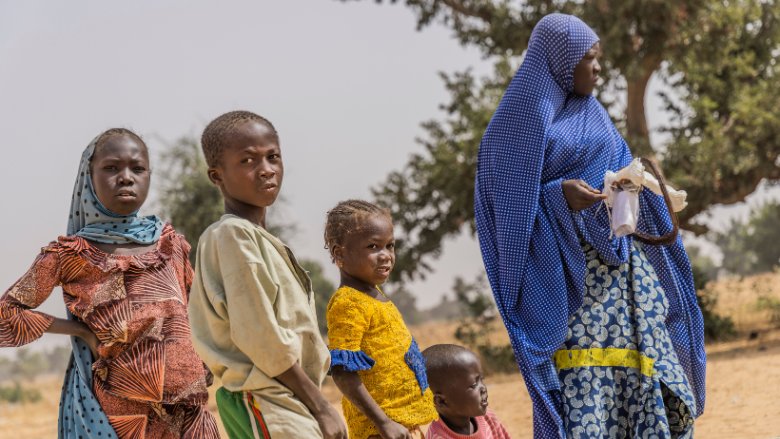Global Trends in Child Monetary Poverty According to International Poverty Lines, published jointly by the World Bank and UNICEF, presents estimated trends in child poverty from 2013 to 2022, based on three international poverty lines: $2.15 (extreme poverty), $3.65 (lower middle income), and $6.85 (upper middle income). The estimates show that:
- The extreme child poverty rate was reduced from 20.7 percent to 15.9 percent between 2013 and 2022.
- While 49.2 million children were lifted out of extreme poverty, this was about 30 million less than projected in the absence of COVID-19-related disruptions.
- The extreme child poverty nowcasted estimate in 2022 (15.9 percent) is on par with the child poverty rate in 2019, indicating approximately three years of lost progress.
In 2022, nowcasted estimates show that:
- 333 million children are living in extreme poverty ($2.15).
- 829 million children are living below $3.65.
- 1.43 billion children are living below $6.85.
- Children are more than twice as likely as adults to live in extreme poverty. They comprise more than half of those living in extreme poverty, while their share of the population is 31 percent.

